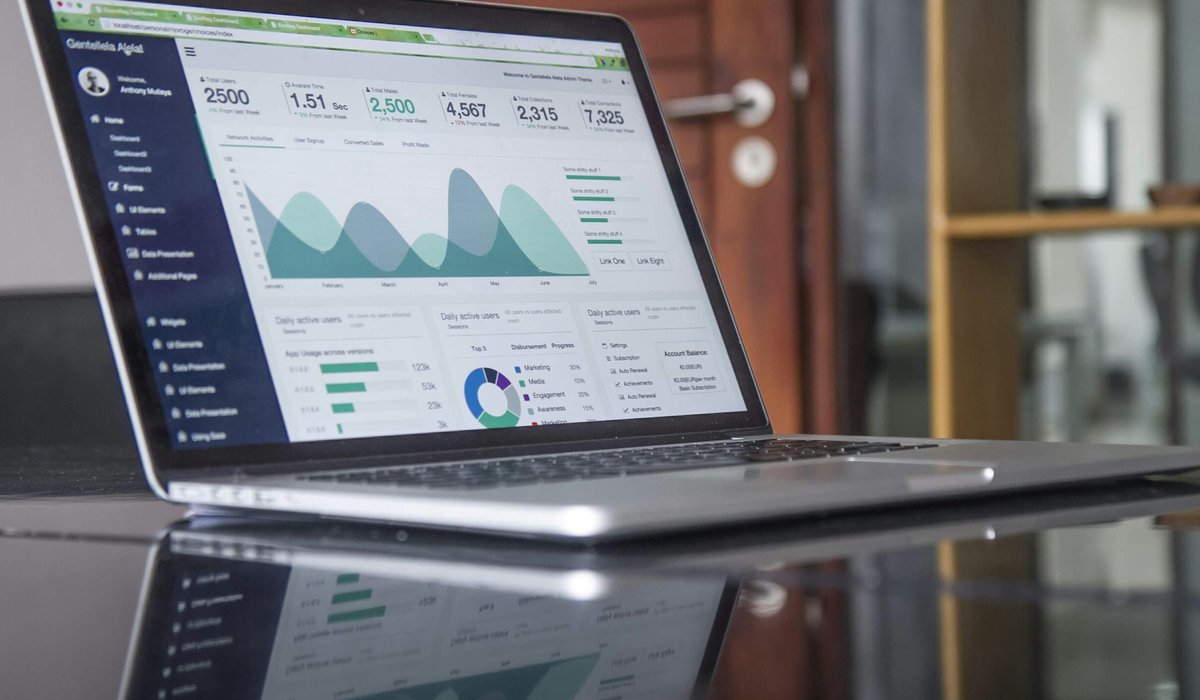Demystifying SEO

SEO, or Search Engine Optimisation; it sounds quite daunting, and it's touted as black magic b…

Reporting on performance might seem like a bit of a headache, especially if you’re not experienced in the practice. It can be quite the daunting task, which is why we’ve created this helpful guide to help you with your reporting woes.
Who will be reading these reports? Identifying your readers will help you pick out the data you need and the level of detail you’ll need to provide. Busy clients who might be new to data analysis will appreciate clear, concise summaries with easy-to-grasp visuals; simple charts and graphs, along with helpful commentary, tell the story of their performance quickly and effectively. For data-savvy audiences, you can create a deeper dive with detailed metrics and trend analyses, giving them the information they need to ask informed questions and dig deeper. It's all about tailoring your report to their level of comfort and information needs.
We recommend creating two sets of reports; one which is a top-level executive summary which can be shared with a variety of people, and a second report with much more detail and in-depth data. For example, the top-level executive summary report should focus on elements such as high-level KPIs, top-level commentary, and easy to understand charts and graphs. The detailed report should focus on high and low-level KPIs, as well as showing a trend analysis which might highlight any changes or fluctuations in performance.
Let's delve into the core of performance reporting – the KPIs (key performance indicators). Consider them the backbone of your report, the foundation upon which everything rests. The selection of KPIs mirrors the precision of assembling a high-performing team – metrics that align with your strategic objectives. Whether it's boosts to website traffic, the pivotal nature of conversion events, the consistent influx of email subscriptions, or the evolution of social media metrics like likes and followers, your KPIs should seamlessly integrate with your overarching goals.
To elevate their significance, ensure they adhere to the SMART criteria, which are:
For instance, a SMART KPI for a social media campaign could be achieving a 20% increase in Instagram followers within the next three months – a quantifiable and time-specific target.
Visual data - like charts, graphs and tables - is ideal for displaying performance in a simple, easy-to-understand format. It can change a boring and uninspiring report into one that catches people’s attention and tells a clear story of performance changes.
Make sure you choose reliable data sources in your report. There isn’t a one-size-fits-all approach to this, so it’s good to verify the data is credible. For example, most of our reports are created through Google’s Looker Studio (formerly Data Studio) platform - this allows us to connect multiple data sources into our reports. We provide multiple services for many of our clients, so it’s extremely useful to have any performance updates all in one place, rather than separate reports for each channel.
Rather than focusing just on numbers and pure metrics, try to tell a story.
If you’re trying to show website traffic gains, you can use a chart to visualise this. It’s also a good idea to provide your own commentary, which can help provide more insight, rather than just providing figures and charts.
Not every campaign is going to meet expectations, and presenting this to a client or stakeholders can be quite a challenge. However, perfection isn't the only measure of success. Consider it a learning experience, an opportunity for improvement. Take a closer look at why the results are below your KPI, using this insight for future campaigns.
Another crucial aspect is that not every KPI holds the same weight. For instance, if a stakeholder or client wants 10,000 website visitors within a specific period, that's great. Yet, if you achieve 10,000 visitors with no conversions, something isn't quite right. This is why we recommend choosing a KPI that aligns with the SMART criteria.
Navigating the intricacies of performance reporting doesn't need to be a daunting task. By understanding your audience, tailoring data and commentary, and weaving a compelling narrative through SMART KPIs, you can transform reports from dry summaries into strategic tools. Remember, data whispers a story – listen closely, visualise effectively, and guide your organisation toward data-driven success.
Our SEO experts devise bespoke strategies that drive results for our clients. Get in touch with us to find out more.
Let's talk